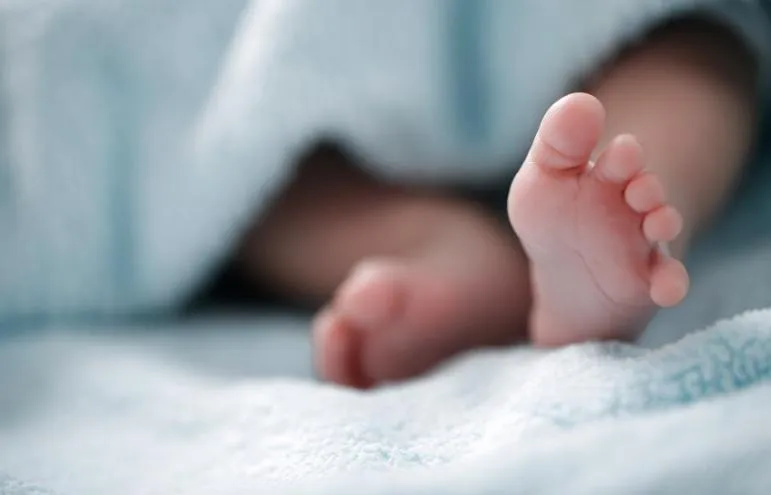Tips & Advice From Cheshire Foot Clinic

Baby Feet
As tiny and adorable as they may be, baby feet are marvels of nature. They may seem simple at first glance, but the intricate process of their development is nothing short of remarkable. From the moment a baby is born, their feet embark on a journey of growth and transformation, laying the foundation for their mobility and stability.
The journey of foot development begins long before a baby takes their first steps. In fact, the process starts in the womb, where the feet undergo significant changes during embryonic development. Around the sixth week of gestation, the basic structure of the foot begins to form as mesenchymal cells condense and differentiate into the various tissues that make up the foot, including bones, muscles, ligaments, and tendons.
By the end of the embryonic period, which spans approximately eight weeks, the foot takes on a recognisable shape, with distinct features such as toes and a heel. However, it is still quite rudimentary compared to the fully formed foot of a newborn.
Throughout the remainder of pregnancy, the fetal period is marked by continued growth and refinement of the feet. As the fetus grows, so do their feet, undergoing a process of elongation and differentiation. The bones ossify, muscles strengthen, and ligaments become more defined, gradually shaping the foot into its final form.
Interestingly, the position of the fetus in the womb can influence the development of their feet. For example, babies who spend a lot of time in a breech position may have a higher likelihood of developing positional foot deformities, such as clubfoot. However, in most cases, these issues can be corrected with early intervention and treatment.
When a baby is born, their feet have already undergone significant development, but they are far from being fully functional. Newborn feet are often characterised by a pad of fat on the sole, which provides cushioning and protection as they begin to explore their environment.
In the early months of life, babies gradually start to put weight on their feet and engage in reflexive movements, such as kicking and curling their toes. These activities play a crucial role in strengthening the muscles and ligaments of the feet, preparing them for weight-bearing activities like standing and walking.
As babies grow and develop, they reach important milestones in their journey towards mobility. Around 8-12 months of age, many babies begin to pull themselves up to a standing position using furniture or other supports. This marks the beginning of their transition from crawling to walking.
Over the following months, babies refine their balance and coordination, taking their first tentative steps before gaining confidence and independence in walking. Throughout this process, the muscles, bones, and ligaments of the feet continue to strengthen and adapt to the demands of weight-bearing activity.
The development of baby feet is a fascinating journey that begins long before birth and continues throughout infancy. From the intricate processes of embryonic and fetal development to the milestones of mobility in early childhood, every stage plays a crucial role in shaping the feet and preparing them for a lifetime of movement and exploration. By understanding the factors that influence foot development and monitoring milestones of mobility, parents and healthcare providers can support healthy foot development and address any issues that may arise along the way.
Ask Cheshire Foot Clinic And The Team
Fill in the form to request a Call From Our Team
One of our team will call you FREE of charge
Where To Find Cheshire Foot Clinic

Cheshire Foot Clinic, 21A Tatton Street, Knutsford, WA16 6AE
There is a large car park opposite with designated disabled spaces closest to the clinic



